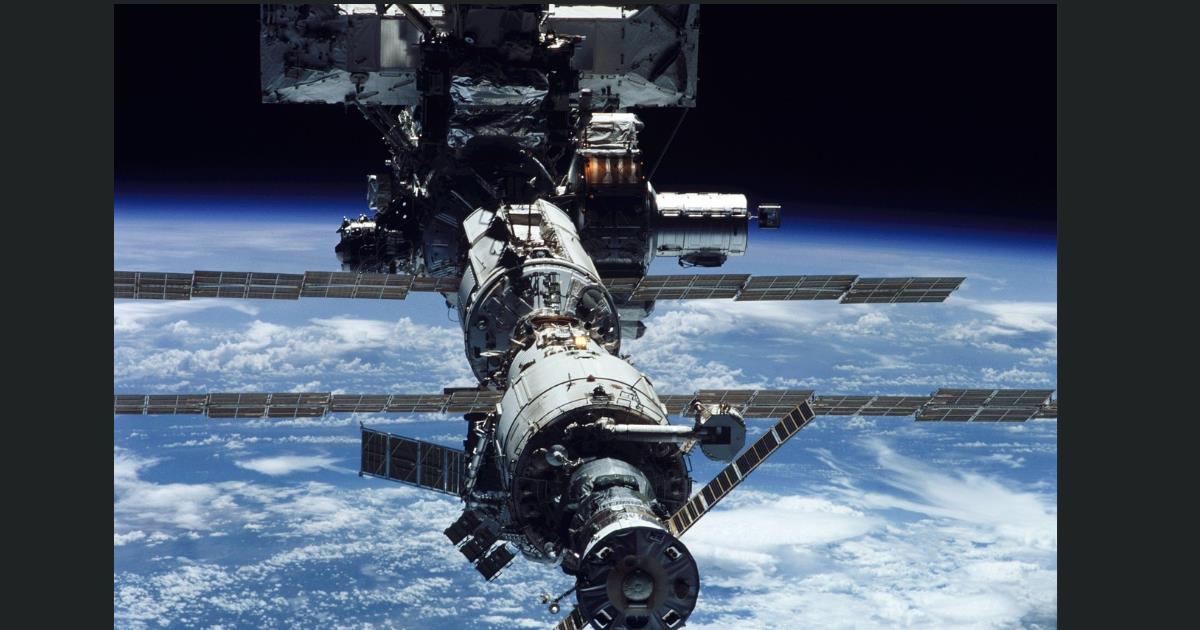- 2.5Impact Factor
- 5.5CiteScore
- 20 daysTime to First Decision
Recent Advances in Space Instruments and Sensing Technology
This special issue belongs to the section “Aerospace Science and Engineering“.
Special Issue Information
Dear Colleagues,
Recent developments in space instruments and sensing technology have significantly enhanced our ability to explore and monitor the Earth’s environment as well as deep space. New developments in sensor design and space instrumentation, including miniaturization, lightweight design, and improved robustness, have made it possible to deploy high-precision instruments and sensors in the harsh environment of space. Designs in space can cover a broad pallete of different aspects and applications.
Researchers are encouraged to submit their latest findings and results as full-length articles or reviews. Targeted topics include, but are not limited to, advancements in spaceborne sensors, novel space instruments, sensing techniques for Earth and/or deep-space observations, telecommunication setups used for Earth–space links and/or intersatellite links, hyper- and multispectral imaging, astronomical observation, and telescopes.
Dr. Jurgen Vanhamel
Dr. Jian Guo
Guest Editors
Manuscript Submission Information
Manuscripts should be submitted online at www.mdpi.com by registering and logging in to this website. Once you are registered, click here to go to the submission form. Manuscripts can be submitted until the deadline. All submissions that pass pre-check are peer-reviewed. Accepted papers will be published continuously in the journal (as soon as accepted) and will be listed together on the special issue website. Research articles, review articles as well as short communications are invited. For planned papers, a title and short abstract (about 250 words) can be sent to the Editorial Office for assessment.
Submitted manuscripts should not have been published previously, nor be under consideration for publication elsewhere (except conference proceedings papers). All manuscripts are thoroughly refereed through a single-blind peer-review process. A guide for authors and other relevant information for submission of manuscripts is available on the Instructions for Authors page. Applied Sciences is an international peer-reviewed open access semimonthly journal published by MDPI.
Please visit the Instructions for Authors page before submitting a manuscript. The Article Processing Charge (APC) for publication in this open access journal is 2400 CHF (Swiss Francs). Submitted papers should be well formatted and use good English. Authors may use MDPI's English editing service prior to publication or during author revisions.
Keywords
- space instrumentation
- earth observation
- telecommunication from space
- remote sensing
- space-based sensors
- space exploration
- space-based imaging
- space data collection

Benefits of Publishing in a Special Issue
- Ease of navigation: Grouping papers by topic helps scholars navigate broad scope journals more efficiently.
- Greater discoverability: Special Issues support the reach and impact of scientific research. Articles in Special Issues are more discoverable and cited more frequently.
- Expansion of research network: Special Issues facilitate connections among authors, fostering scientific collaborations.
- External promotion: Articles in Special Issues are often promoted through the journal's social media, increasing their visibility.
- e-Book format: Special Issues with more than 10 articles can be published as dedicated e-books, ensuring wide and rapid dissemination.

